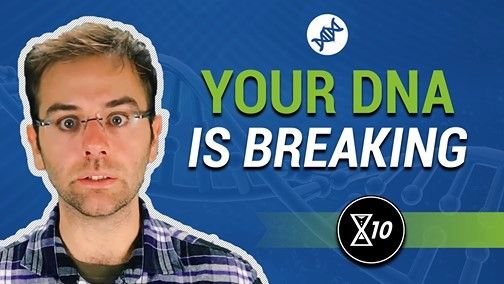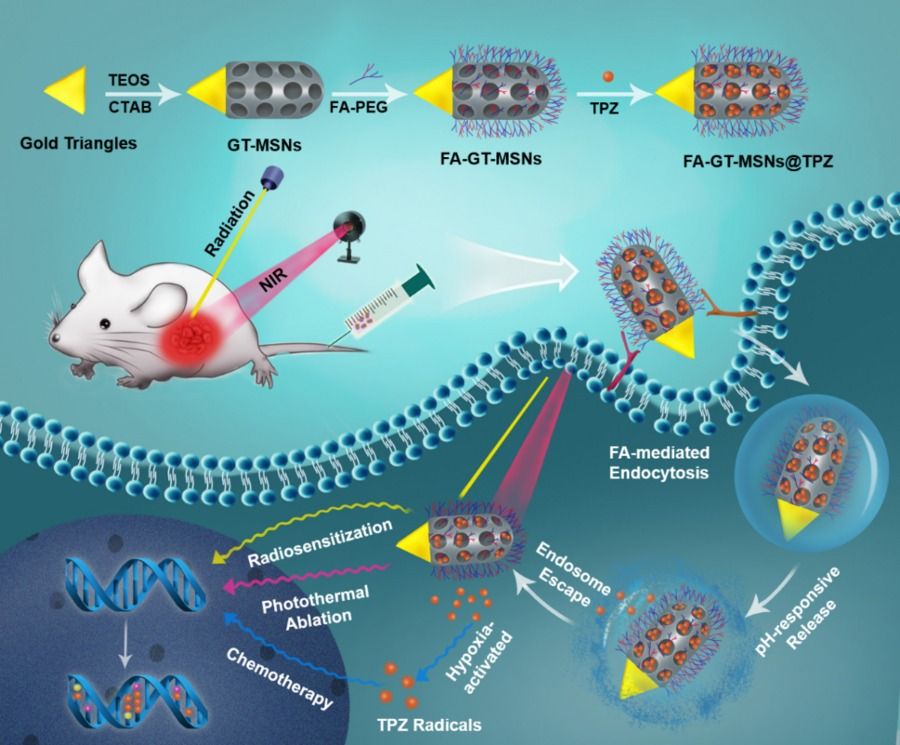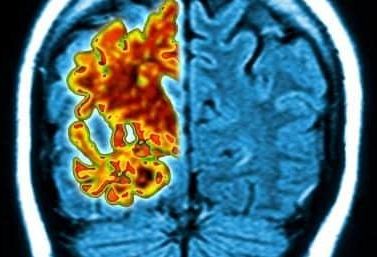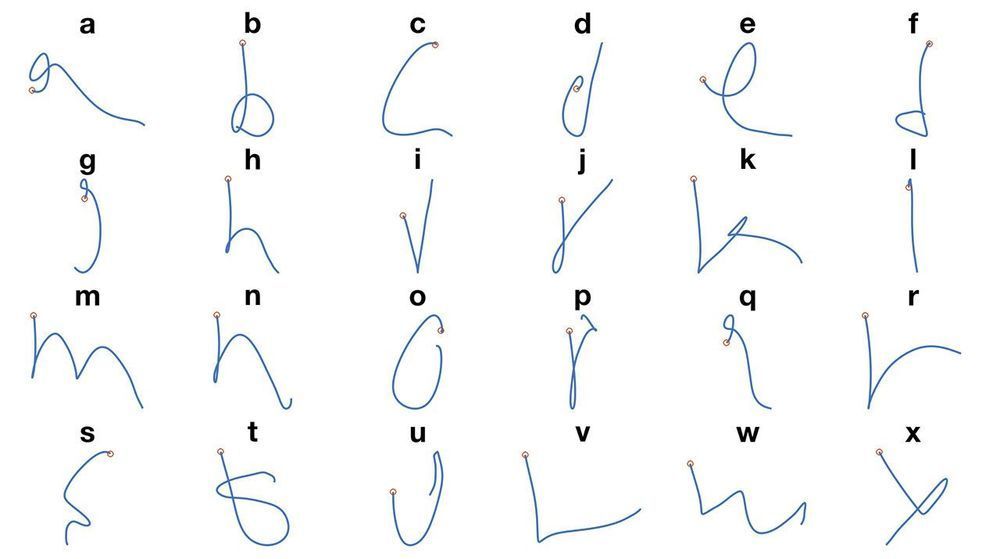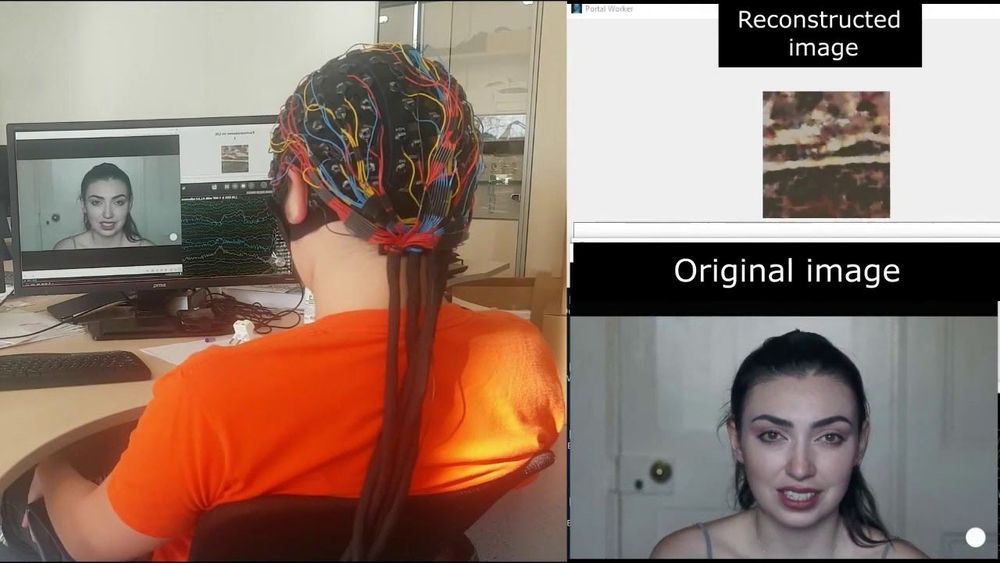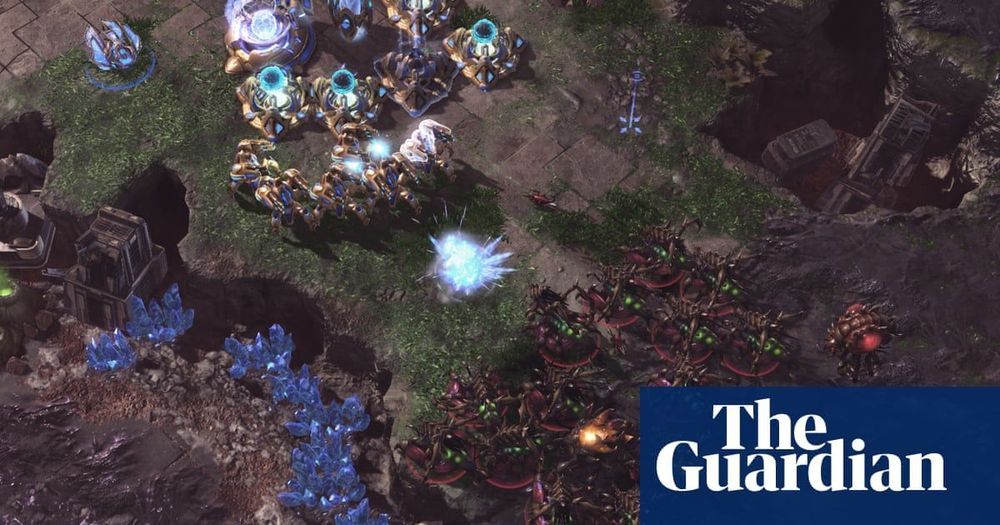Here’s how genomic instability messes with your body and contributes to aging.
Delay ageing
Posted in life extension
Want to stay young for long? If so, start exercising four to five times a week as it may help keep your heart stay healthy and slow down ageing, according to researchers.
Research showed that different sizes of arteries are affected differently by varying amounts of exercise.
While exercising for about two to three days a week for about 30 minutes may be sufficient to minimise stiffening of middle-sized arteries, exercising for about four to five days a week is required to keep the larger central arteries youthful.
Photo shows how the new nanomaterial can be used to treat liver cancer in mice. Experimental results prove that the material is efficient and safe in fighting tumors.(Photo provided to Xinhua)
Chinese scientists have invented a nanomaterial which has been proved effective in fighting liver tumors, providing new hope for cancer patients.
NANJING, Oct. 31 (Xinhua) — Chinese scientists have developed a nanometer material that can be used for liver cancer treatment, according to the Suzhou Institute of Biomedical Engineering and Technology under the Chinese Academy of Sciences Wednesday.
By the age of eight, a new study has shown.
Scientists at University College London (UCL) tested the memory and thinking skills of Britons in their late 60s and 70s and compared the results to similar cognitive tests that they took as schoolchildren in 1954.
They found that someone whose cognitive performance was in the top 25 percent as a child, was likely to remain in the top 25 percent at age 70.
The new image reveals the twin galaxies AM 2026–424 — a pair of interacting galaxies that may foreshadow our Milky Way’s own frightening fate.
For more information: https://go.nasa.gov/2WkvPpV
Credit: NASA, ESA, J. Dalcanton, B.F. Williams, and M. Durbin (University of Washington).
#NASA #Hubble #space #science #astronomy #universe #telescope #cosmos #halloween #galaxy
Over the past decade, industry stakeholders have been able to observe that 3PLs will soon have no choice but to build out their digital capabilities, not just to make themselves more agile, but to meet the demands of the region’s fast-growing retail sector. This in turn creates big opportunities for tech-powered start-ups to carve out their own piece of the pie.
New-found variety, speed, transparency, and on-demand efficiency in the logistics game have begun to take precedence in the region.
Researchers from Russian corporation Neurobotics and the Moscow Institute of Physics and Technology have found a way to visualize a person’s brain activity as actual images mimicking what they observe in real time. This will enable new post-stroke rehabilitation devices controlled by brain signals. The team published its research as a preprint on bioRxiv and posted a video online showing their “mind-reading” system at work.
To develop devices controlled by the brain and methods for cognitive disorder treatment and post-stroke rehabilitation, neurobiologists need to understand how the brain encodes information. A key aspect of this is studying the brain activity of people perceiving visual information, for example, while watching a video.
The existing solutions for extracting observed images from brain signals either use functional MRI or analyze the signals picked up via implants directly from neurons. Both methods have fairly limited applications in clinical practice and everyday life.
Google’s DeepMind beat 99.8% of humans at StarCraft II, but bigger challenge was not giving itself away.
AI becomes grandmaster in ‘fiendishly complex’ StarCraft II.
